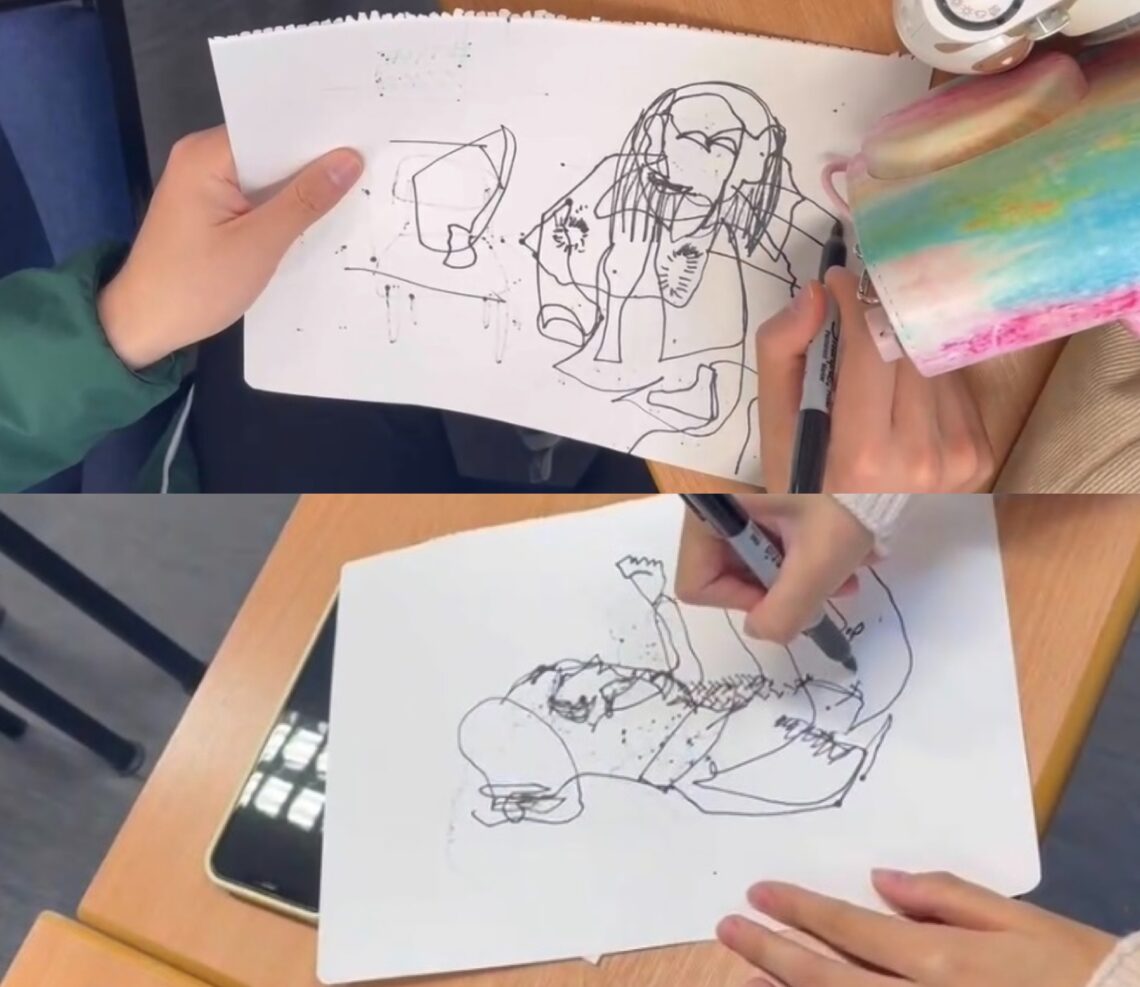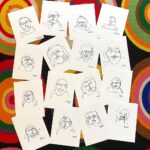I have created and licenced an Open Toolkit for Artistic Learning. I’d like to organise a public event within which to present and run this Open Toolkit that will attract like-minded peers. I’ve heard that “unconferences” are ways of organising such participatory events, but I’m not sure what unconferences are, or how to find out about them. It all seems so daunting. Where should I start?
In this learning sprint, we mainly focused on revising and practicing our toolkits, discussing the rules of unconference within the group, and working on Barcamp‘s process and management. This blog will focus on the group talk this week and my reflections and updates on the toolkits I designed.
Compared to the traditional conference, unconference is a new form of meeting that is more open and more focused on communication between participants. There are several rules of unconference that we are particularly concerned about here. Firstly, we agree that we need a venue that facilitates conversation, so we do not intend to bolt chairs or tables to the ground, instead, we allow the attendees to reconfigure the space as they see fit. Secondly, interactivity is essential, so everyone arranged a time for participants to express and discuss their feelings. Thirdly, According to Jeremy Boggs (2013), ” The focus, in this case, is not on what you produce yourself, but what you help others produce”, so everyone better limit individual speaking time and encourages more experiential time for the participants. In summary, The Bottom Line of Barcamp is that “You need to do everything you can to facilitate these conversations.”(Ethan Watrall, et al, 2013)
Based on our understanding of the unconference’s rules, we discussed our plans for the Barcamp. Regarding the theme of this Barcamp, we found that the topic of everyone’s toolkit was related to perceiving the world in a different way. For example, in my toolkits, I provided a new way to observe and record the world, while others toolkits including cooking, taking photos, sharing stories, etc, were about sensing different things through varied experiences. Also, we had 10 minutes to explain the toolkits before we ran them, so we had to prepare the event carefully in order to manage the audience. In order to let attendees learn about and select their favorite toolkits more quickly, we all agreed to briefly introduce our toolkits before we started, and demonstrate the outcome of our toolkits. For instance, I would bring my blind drawings and show them to the audience at the beginning to help them comprehend what they will accomplish with my toolkits.
This Thursday, I also met with the group and practiced my toolkit. Based on the feedback I received, I made the following adjustments. First of all, I noticed during the experiment that most people considered 10 minutes to draw an object to be too long; many completed their drawings in roughly 3 minutes. So I changed the sketching time from 10 minutes to draw one object to 10 minutes to draw two different objects. The first round offered 5 minutes to draw, without limiting the choice of objects, in order to let them find the feeling of drawing blindly; in the second 5 minutes, everyone will gather together to observe and record each other, so that I could easily watch each participant during drawing.
Secondly, in the first experiment, I found that they drew very rapidly and did not meet my expectation of this toolkit which was to slow down and enjoy the process. As a result, I will emphasize the value of drawing slowly, feeling the contours of the item attentively, and focusing more on the process than the final product.
At the end of the toolkit, I will listen to their feedback and advise them on how to expand it, such as by attempting to recreate the painting or using various types of materials when painting. I will also suggest that if they want to improve their observational skills, they can try it more often in the future.
Citations used in this page:
-
Ethan Watrall, James Calder, and Jeremy Boggs. “Unconferences.” Hacking the Academy. University of Michigan Press, 2013. 132–. Print.





s2430290
22nd November 2022 — 11:09 pm
Chenyan’s toolkits is interesting because when I looked at everyone’s drawing from overlook view it conveyed an abstract artistic sense, a simple practice but exercise individuals ability comprehensively.
s2444438
27th November 2022 — 3:27 pm
The author pointed out the characteristics of “unconference” and introduced her Barcamp plan and reflection of Basho, which is very practical, sincere and enlightening, and can make readers pay attention to the trial and practice of Barcamp.
s2341902
4th December 2022 — 12:45 pm
It was great to experience the toolkit in person and the process was very participatory as it forced us to draw. However, as Chenyan mentioned, we drew very quickly, which was not what she had in mind, and we should enjoy the process but in practice it was different from the ideal. So perhaps in improving the toolkit there could be some additional sessions to slow down the participants